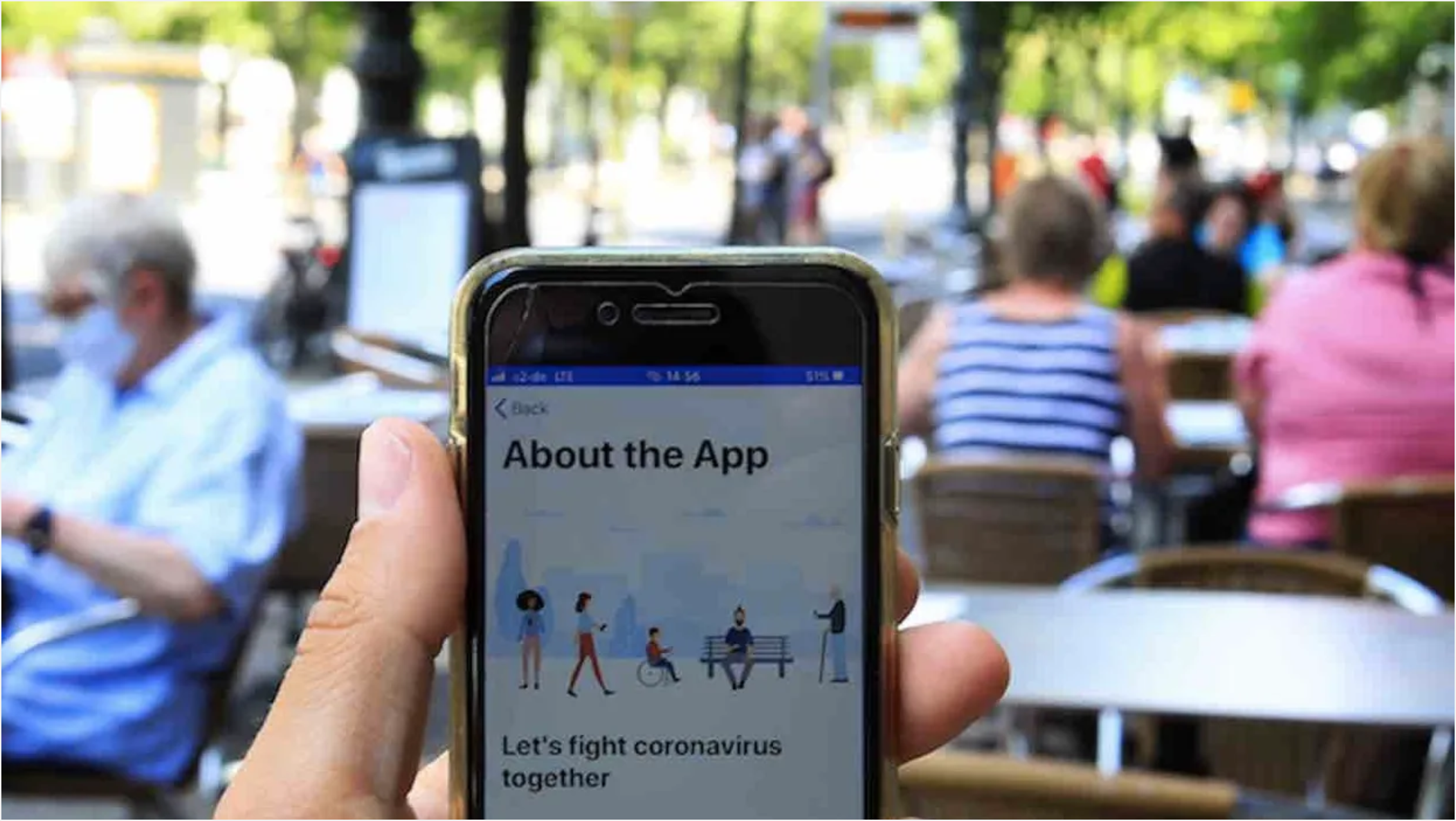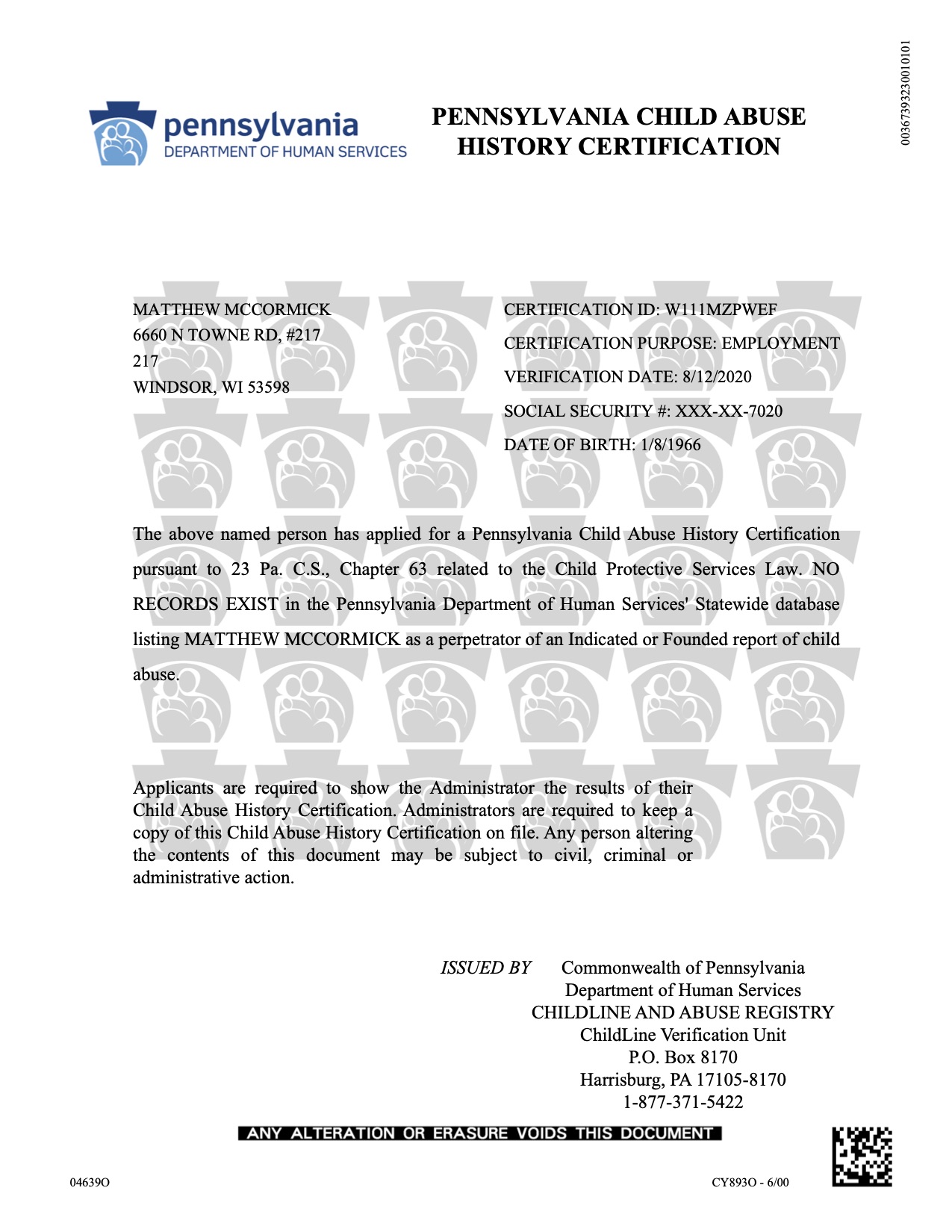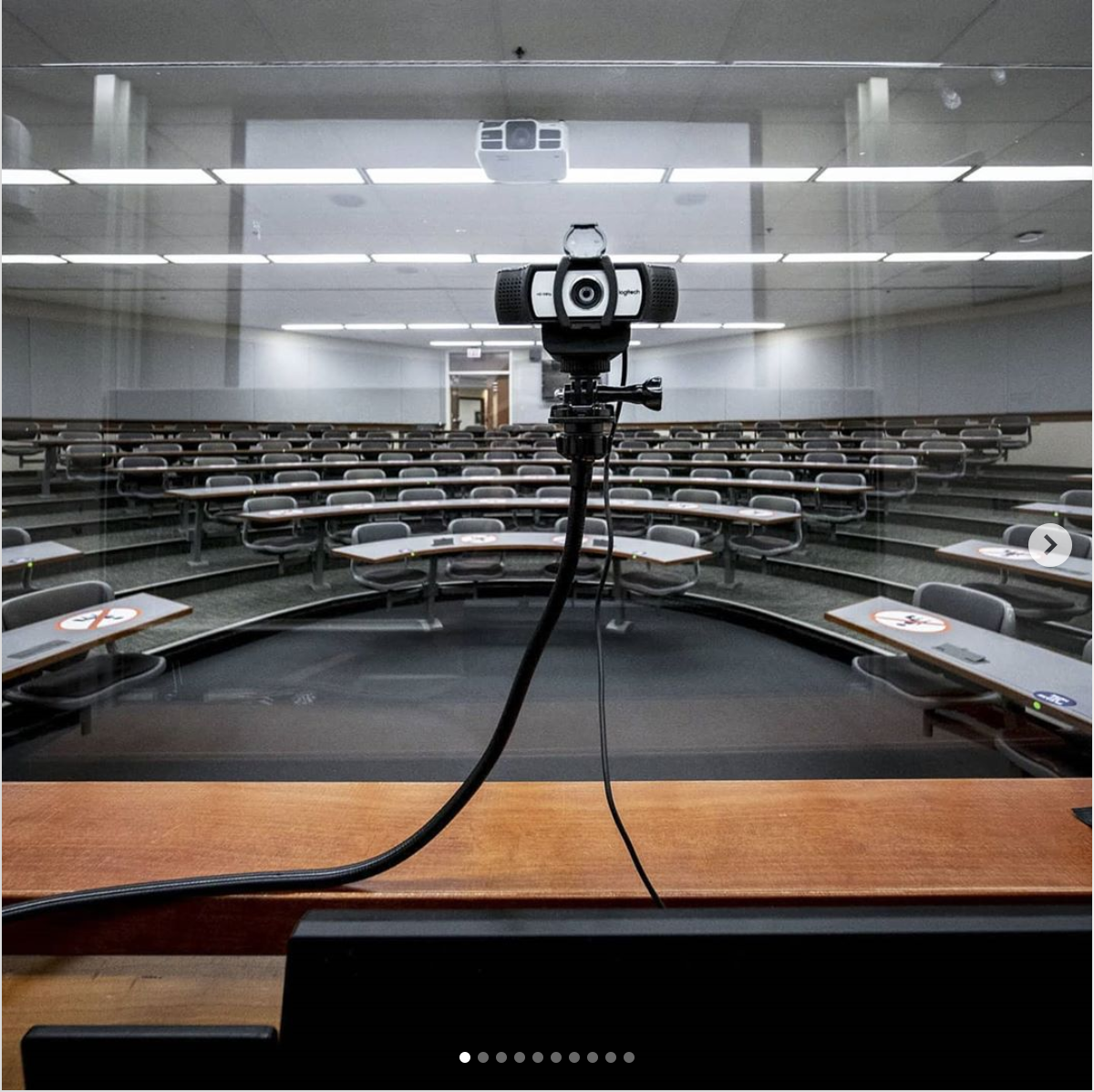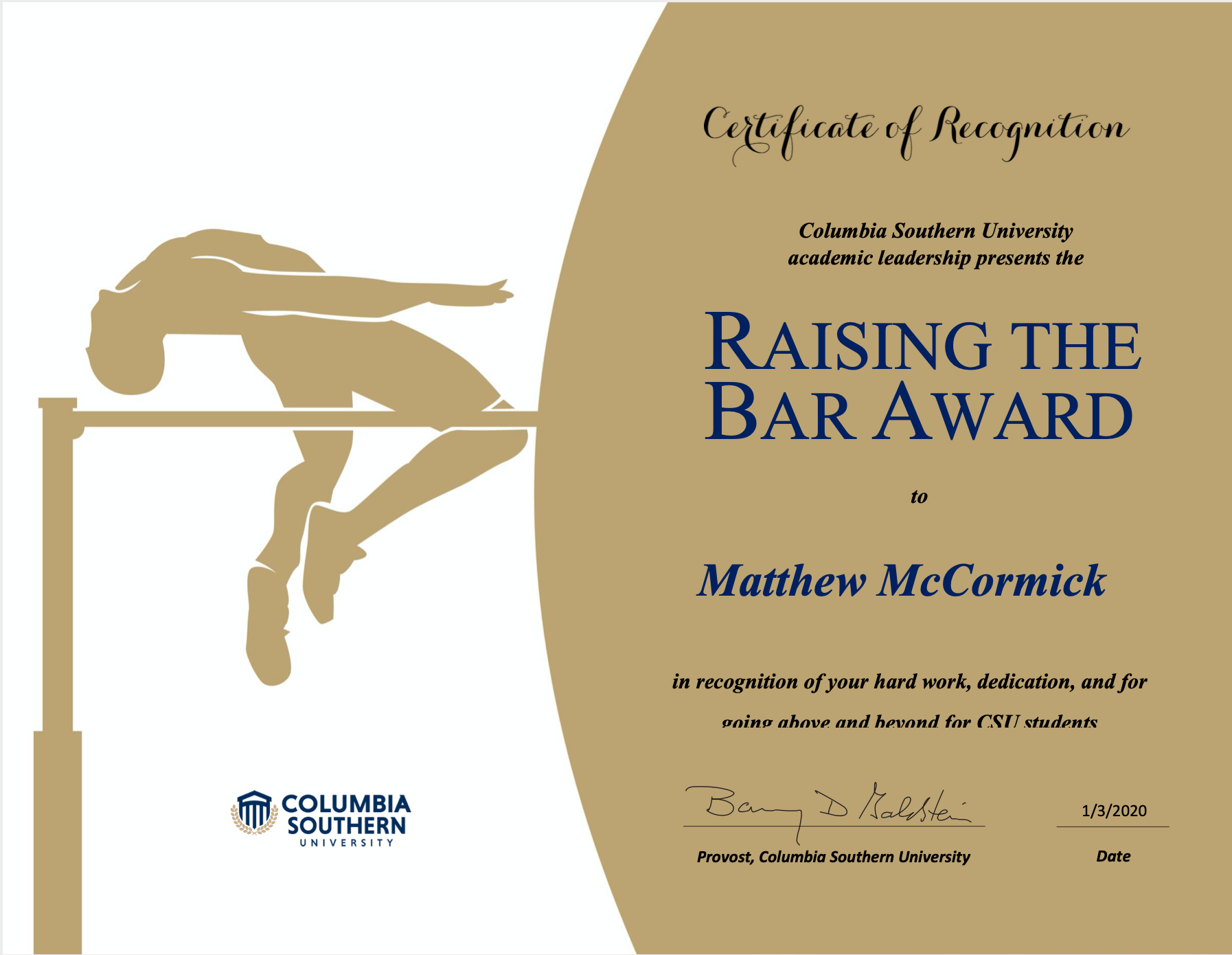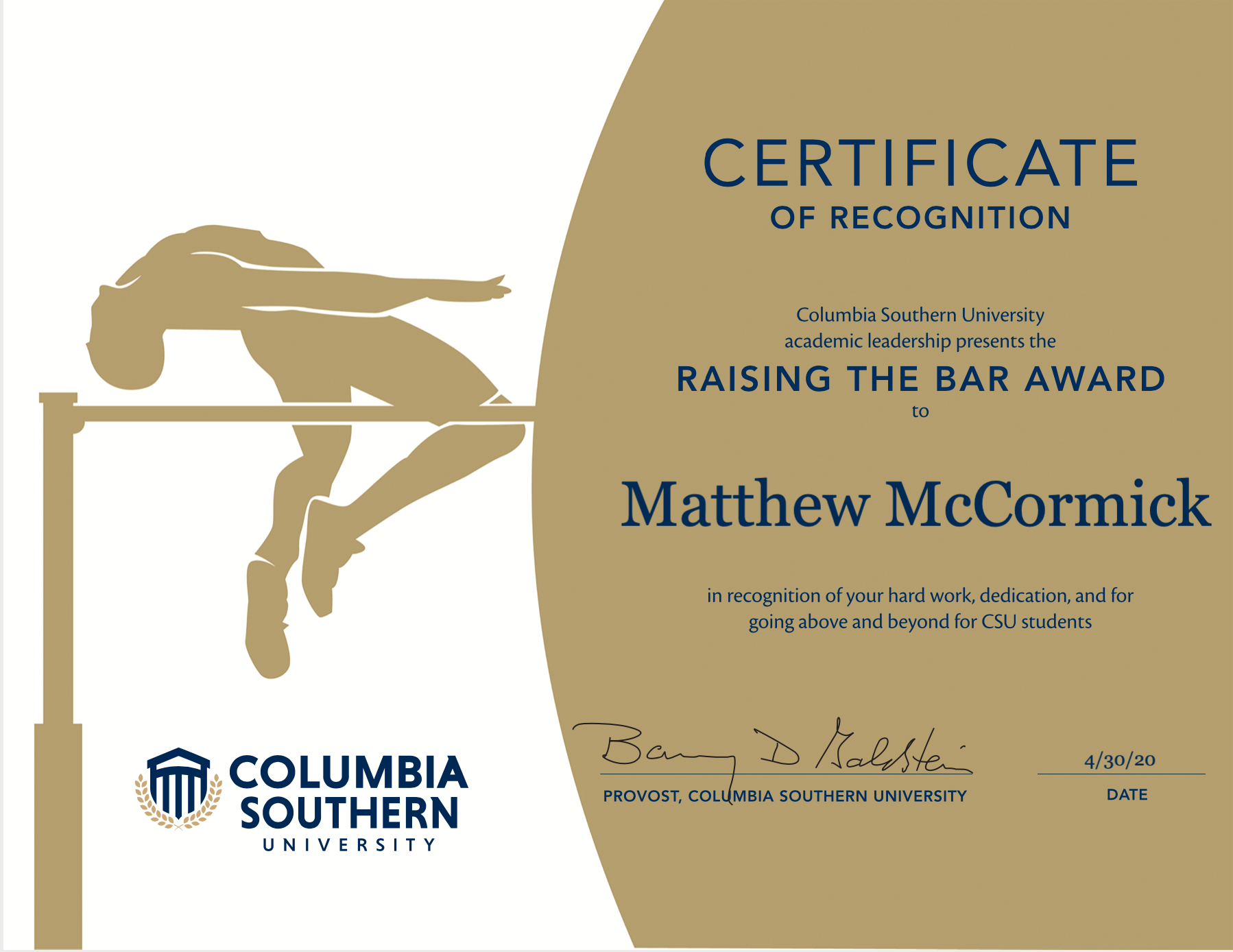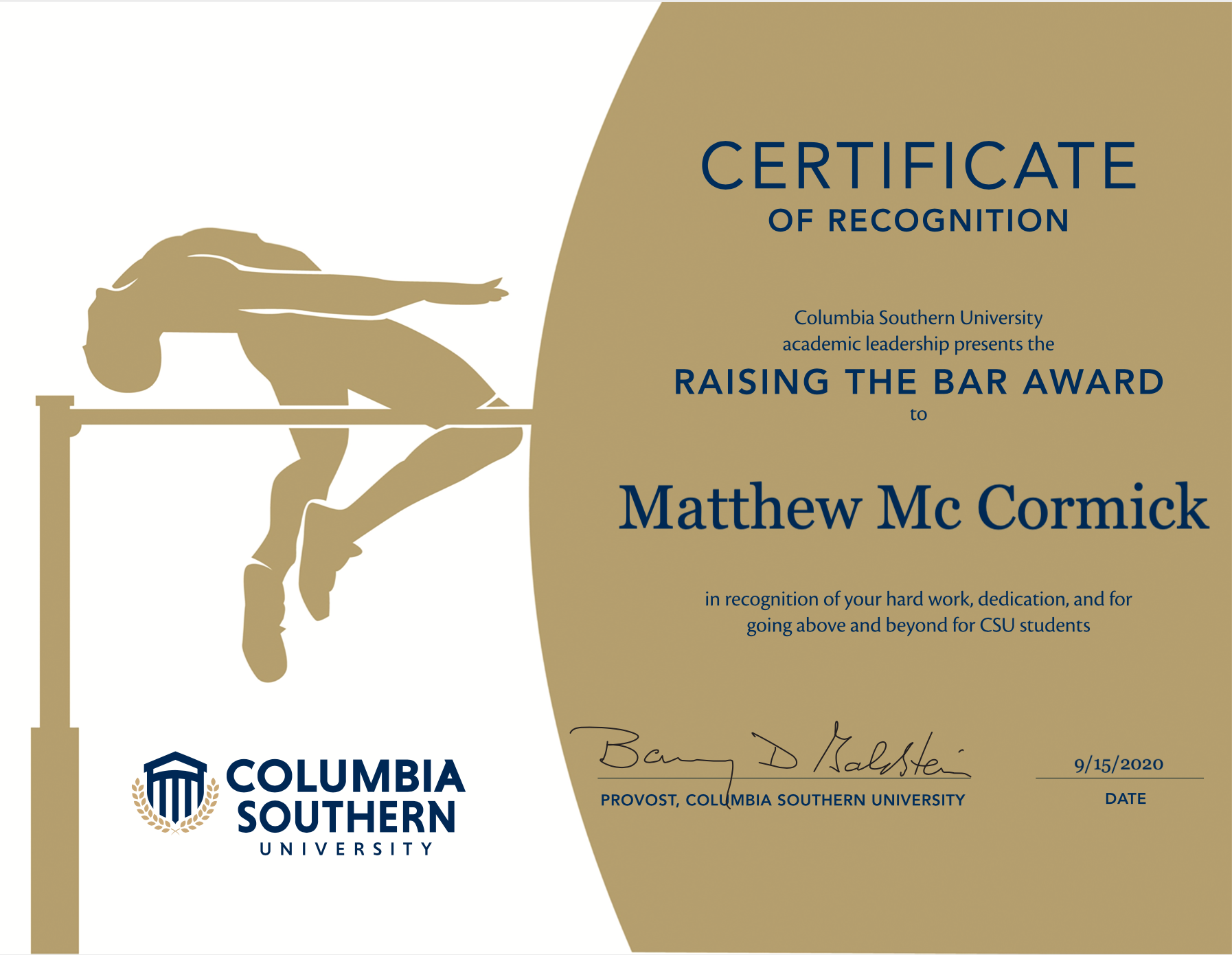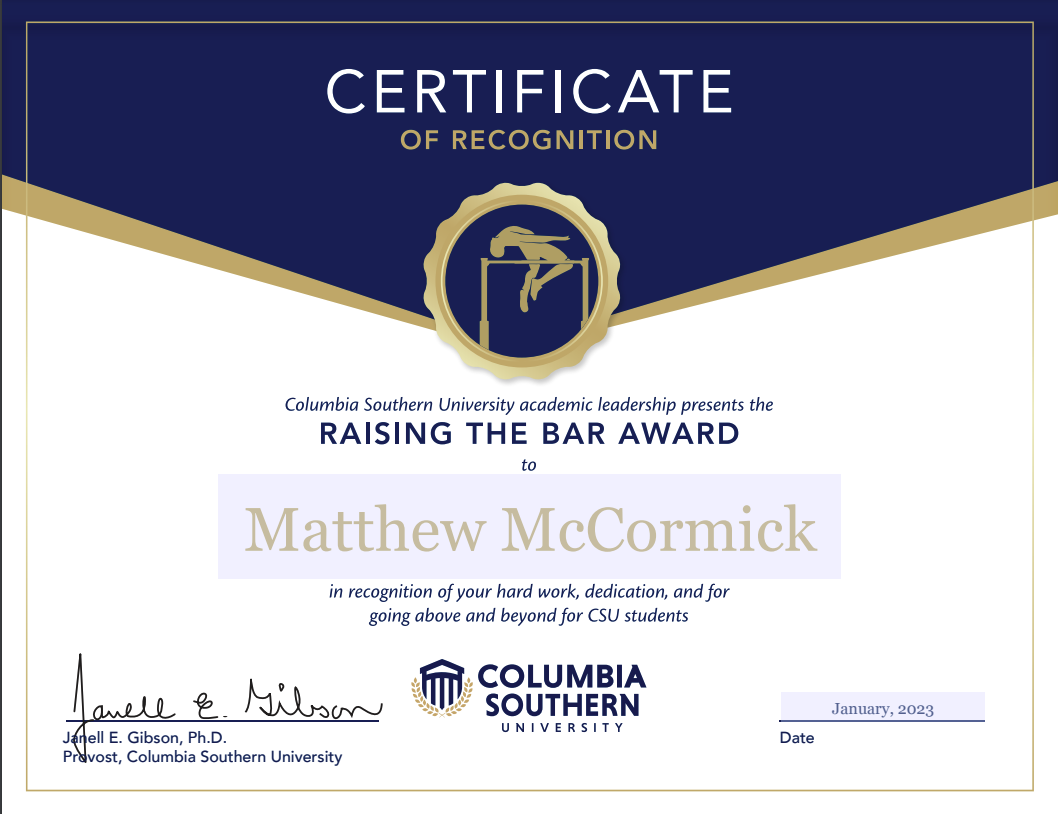
https://chroniclevitae.com/news/2315-going-online-in-a-hurry-what-to-do-and-where-to-start?cid=VTEVPMSED1
March 9, 2020

-by Michelle D. Miller, is a professor of psychological sciences at Northern Arizona University
“The coronavirus has colleges and universities swinging into action to move courses online. In the coming weeks, we’ll find out just how prepared (or not) academe is to do this on a large scale. Those of us in online teaching and educational technology have moved quickly to help, too, and it’s astonishing how many helpful resources have already been pulled together.
Even just a few weeks into the crisis, and really only a few days since class cancellations started to become a reality, there are top-quality guides free for the taking, created by people who really know their stuff. I will make no claim to have read all or even a fraction of them, but there are several that are clearly share-worthy:
A detailed Google doc, written by Jenae Cohn and Beth Seltzer — both academic-tech specialists at Stanford University — is geared for Stanford, but there’s a lot there that anyone can use. Their guide is particularly noteworthy for how it breaks down the synchronous-asynchronous distinction, explaining advantages and disadvantages of each and offering guidance about how to use Zoom for virtual meetings.
Derek Bruff, director of the Center for Teaching at Vanderbilt University, has pulled together a lot of useful ed-tech advice under the heading of “just-in-time online teaching.” Read this page, in particular, for step-by-step instructions on key aspects of going online fast (the advice is geared toward the Brightspace learning-management system, in particular, but is general enough to apply to other platforms, too).
As a veteran of online teaching and education technology, I’ll offer my own short list of advice for faculty members who need to move online, fast, with the twin goals of maintaining instructional continuity as much as possible and finishing the semester strong.
No. 1: Begin by going over your course assignments for the coming weeks. Are they accessible online, so that students can find the instructions and materials that they need? Is it clear how students will be turning in their work? Have deadlines changed, and are all of those deadlines prominently posted?
No. 2: How will you give feedback on their progress? Consider how students will be able to practice the key skills and objectives you want them to get out of the course — things they would normally do in class. How will you give them opportunities for practice and feedback, for both small-stakes and high-stakes assignments? Undoubtedly those opportunities will be different from what they were before you moved the class online. Just be sure that it’s very clear how students can access those opportunities.
And if you don’t spend much class time having students practice and get feedback, now is a good time to increase that aspect of your course — given that you won’t be presenting content in person. For example:
If students would have been developing their skills in analyzing and synthesizing assigned readings via in-class discussion, perhaps they could do that online using collaborative annotation of the text. (Perusall is one such tool to do that.)
Or, if you’d normally have students practice by attempting to answer questions in an interactive in-person lecture, present a version of those questions in online discussion forums or quizzes, and offer feedback on their responses.
No. 3: Then, move on to the in-class experience. What do you normally use your in-class time for? Try to define what you do in class at a higher, more goal-oriented level (e.g., presentation of content, checking for understanding, collaborative project work — instead of just saying “lecture,” “quiz,” “discussion”). If you keep those goals in mind, you will have a better idea of how to achieve them online, as well as what aspects of the in-class experience you ought to focus on simulating.
In particular, this mini-reflection should help you decide whether to go with a synchronous means of engagement (e.g., a real-time Zoom meeting), an asynchronous one (e.g., VoiceThread decks or narrated videos), or some combination of the two.
No. 4: Decide what you’re going to do about any high-stakes assessments, particularly exams. There are no easy answers here, especially if you planned to have a good chunk of a student’s grade hinge on what would have been a proctored, in-person test. Perhaps you could take another route to summative assessment for the course, such as replacing a big supervised test with some type of project that is easier to personalize and less dependent on proctoring.
You also could explore online proctoring, but there are potentially objectionable aspects to this kind of test surveillance. Such concerns — along with the time required to research, select, and put into practice an online proctoring system — are significant hurdles. But it may be worth a look, depending on your situation.
No. 5: Consider the course materials. In all likelihood, your readings and other materials exist in digital form, and you may have posted them already. But you’ll need to double-check that any readings, videos, problem sets, quizzes, and the like are accessible, along with key documents such as the course syllabus and calendar.
No. 6: Once you’ve dealt with those things, the name of the game is communication. In the face of all this uncertainty, you need to explain — as clearly as you can and in a variety of places — what students can expect about the course in the next few weeks. Be sure to cover what it is that students are responsible for doing, how they can find the things they need to meet those responsibilities, and what they should do first. Make sure the lines of communication are two-way, as well. When in doubt, offer more ways to get in touch with you (text, messaging app, email, video call), not fewer.
That’s my teaspoon of advice to add to the pool that will no doubt be growing in the coming days and weeks. But I also want to acknowledge, and heartily agree with, the caveats and outright frustration being expressed by many in the online teaching space over the way our generously contributed advice could be misused.
As my colleague Flower Darby, told a Chronicle reporter: “We don’t want [people] to get the idea that this is what effective online education looks like. Moving online with inadequate support is a short-term solution.” She noted that an undersupported, hasty move could create bad impressions about online teaching, in general.
I fear that such impressions will outlast the present crisis. And so, while we all want to be as helpful as possible, online-teaching advocates are unanimous in cautioning that these options for salvaging the semester are not to be confused with the kind of intentional design that’s needed to create high-quality online offerings over the long run.
And sadly, we do need to put that message on repeat, because if we online-teaching veterans have learned anything, it’s that there are too many programs and institutions out there who do see this kind of rushed online teaching as a quick fix. How many of us have heard some variation on the idea of “just putting it all online” — in the name of profitability, convenience, or catching some imagined wave of the future?
It’s always telling to dig deeper into what people think “it” is in that put-it-all-online edict. Is it the readings? Videos of a professor giving lectures? Or (I hope) something else entirely?”
